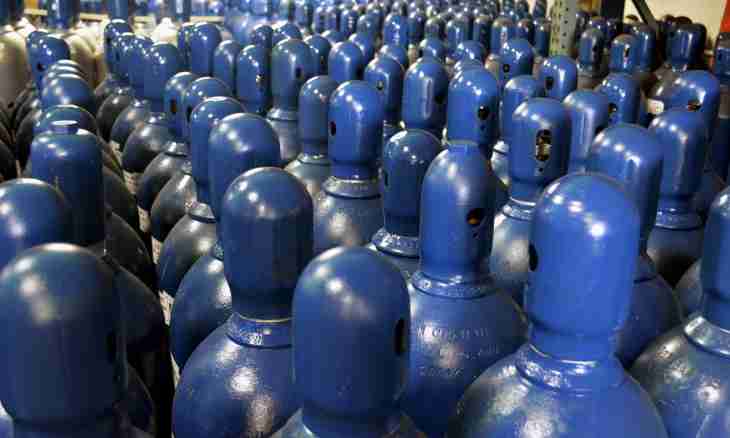The person constantly should deal with substances in gaseous state. To distinguish them approximately happens it is possible not always as many of them are colourless and transparent. But there are special methods some of which are available to application in school laboratory. On production professional ways are applied.
It is required to you
- - hood;
- - laboratory scales;
- - laboratory glassware;
- - laboratory scales;
- - thermometer;
- - spectroscope;
- - light source.
- - balloon;
- - laboratory scales;
- - laboratory torch;
- - steel wire;
- - coal piece;
- - potassium permanganate solution.
Instruction
1. Weigh a vessel, having closed it a stopper. Fill it with gas and cork and repeatedly weigh. Calculate a difference of masses. Consider that at the first weighing the vessel was filled with air. Knowing the weight and volume, calculate gas density. Do not forget to consider temperature at which measurements were carried out.
2. To define, the studied gas is heavier or lighter than air, it is possible to determine also by easier way. Inflate with the studied gas a balloon. If gas is lighter than air, the ball will fly up up. The gases having noticeable carrying power, not so at and much. It is, for example, hydrogen, helium, methane, neon. Knowing that gas belongs to this group, it is possible to correct further researches. If you know what volume of gas you began to rock, then you can determine its density, and respectively - and structure.
3. Check, gas burns or not. It is possible to make it by means of the laboratory gas burner. Send a gas stream to a flame. If the stream lights up - look, according to the list of combustible gases that it can be. As a rule, such gases are reducers. If to pass it through water solution of permanganate of potassium, then solution will become colourless. Inert gases and nitrogen do not enter one of these reactions. Some gases do not ignite, but are capable to sustain combustion, reacting as oxidizers. Oxygen, chlorine, fluorine concern them. All of them it is heavier than air therefore they can be taken in a test tube. Lower in it the heated steel wire (it is possible with the charcoal piece fixed on the end). Steel in oxygen burns with bright sparks. In chlorine there is a fast combustion of coal, and the wire is heated even stronger. With fluorine in school laboratory or at home you should not work because it is very toxic and aggressive.
4. All described methods allow to work with pure gases, but not with their mixes. Besides, they do not give sufficient accuracy and therefore are preliminary, auxiliary or demonstration. The most exact method of determination of composition of gas - spectrometer. Take a transparent vessel with gas. Establish it between a crack of a spectroscope and a light source. Observe in an eyepiece dark lines of absorption against the background of a continuous range. Determine qualitative structure by spectral tables. If it turns out that you deal with mix of various gases, then you receive a picture of imposing of one range of absorption on another. In a case with pure gas you will see lines of absorption for separate gas. For convenience of work the range can be photographed.

